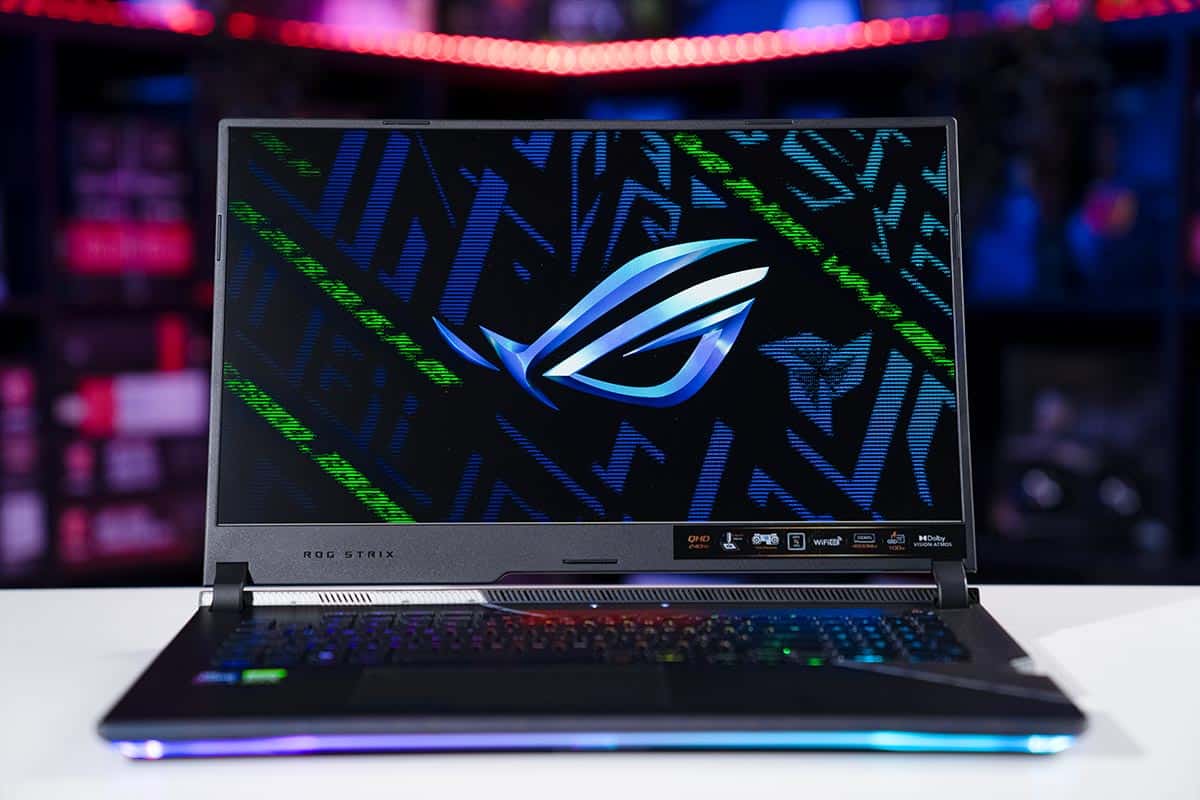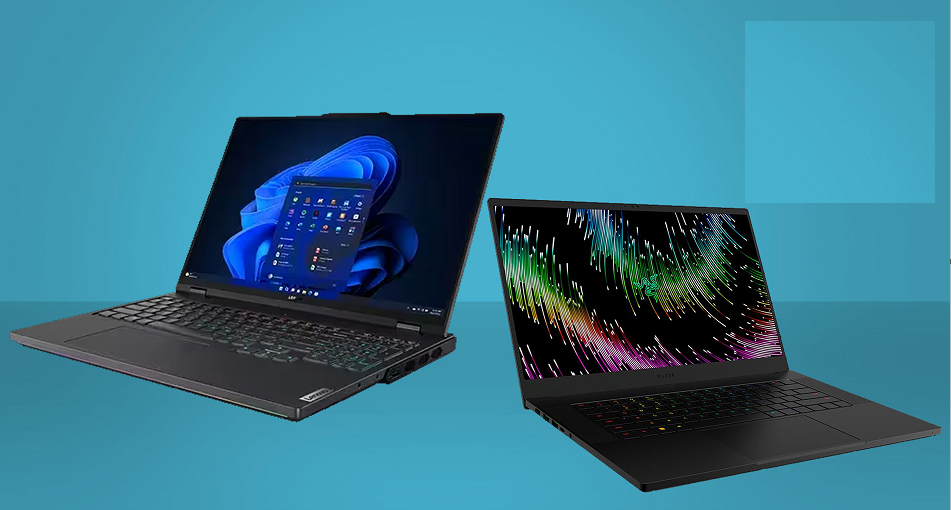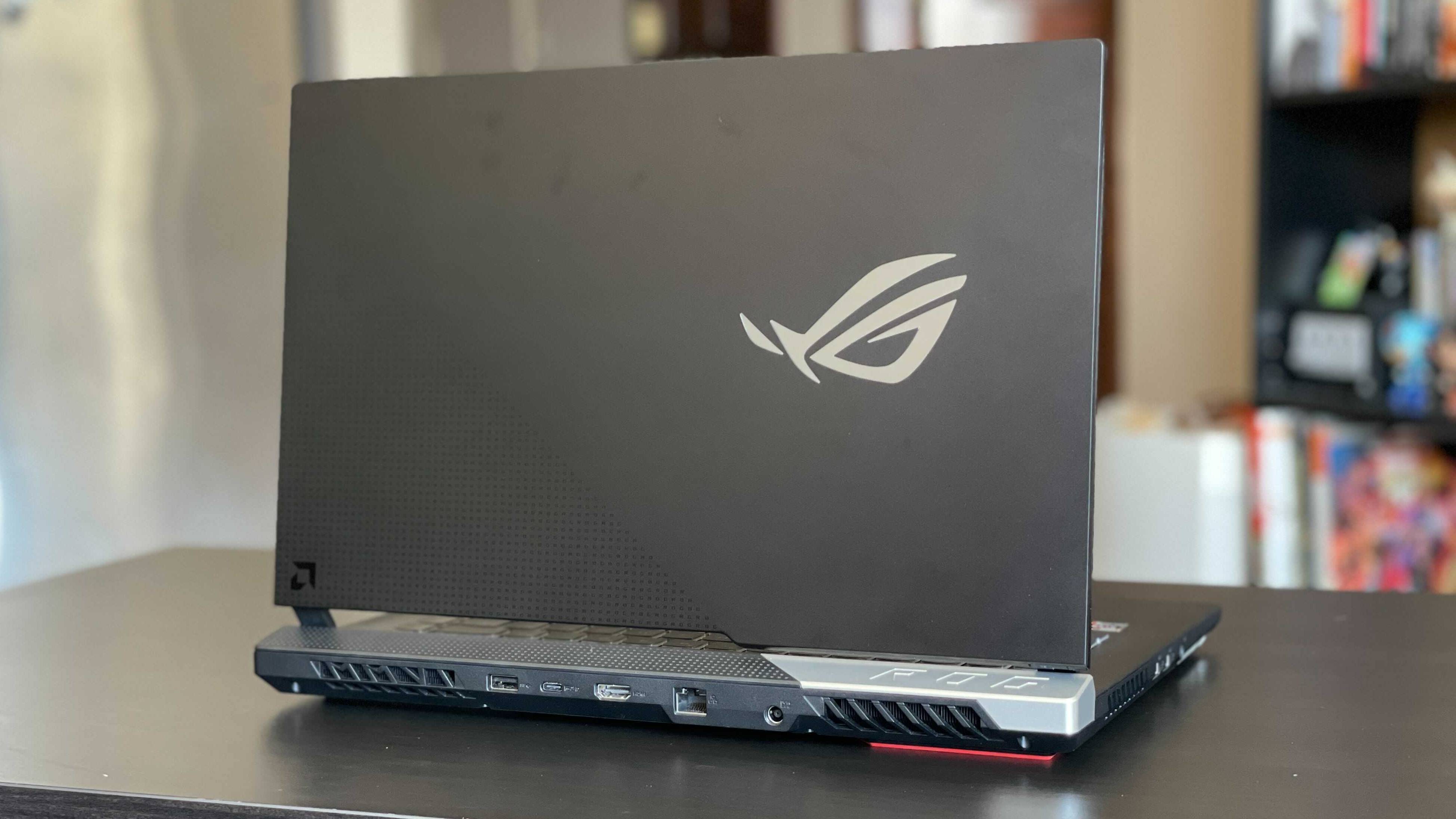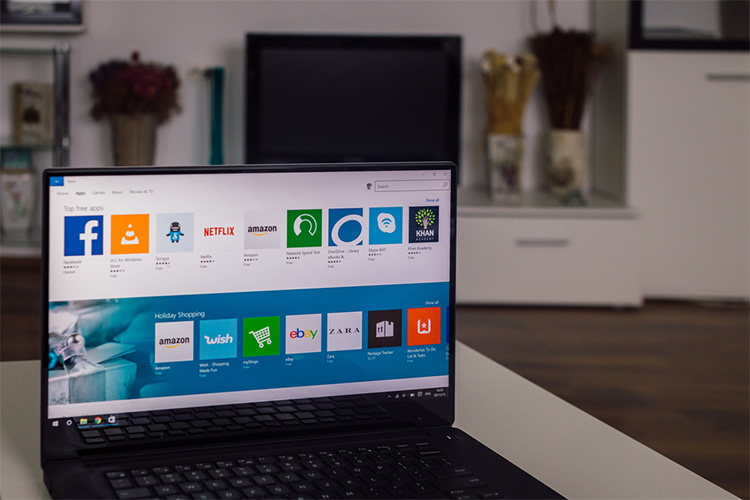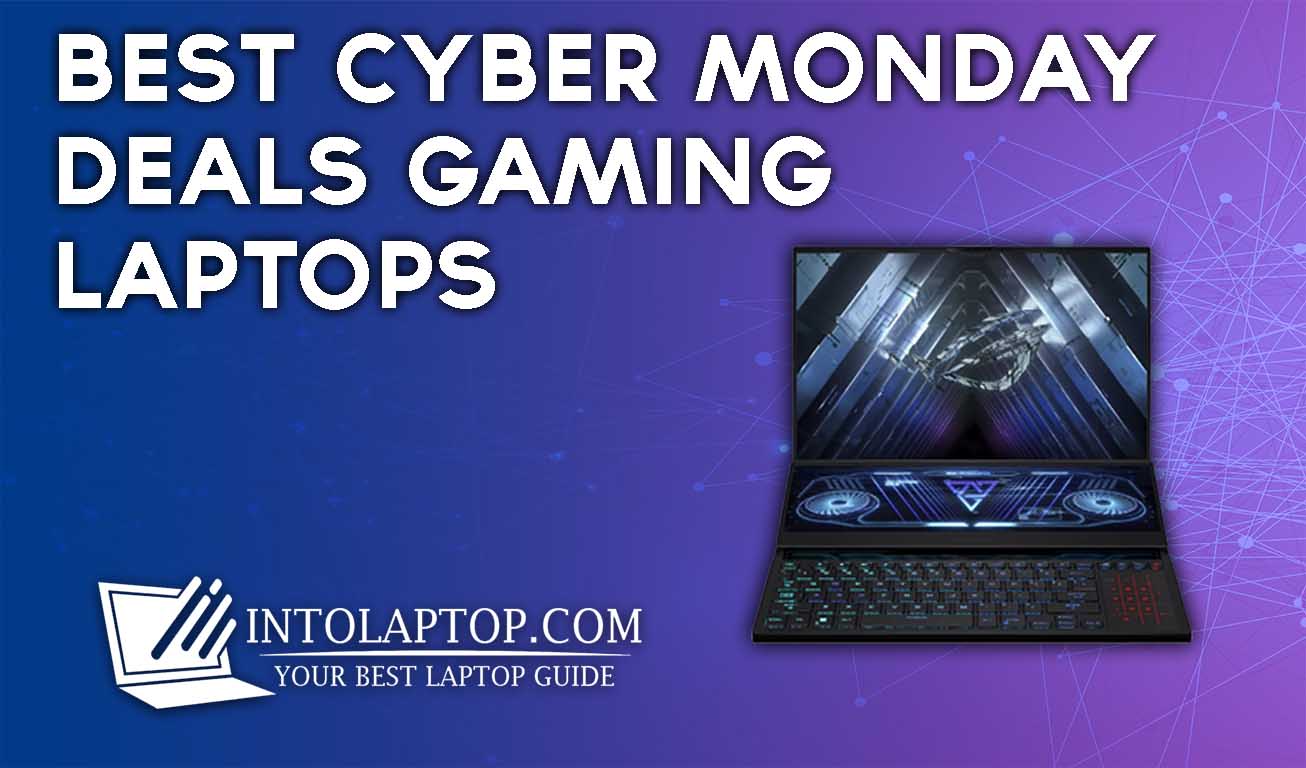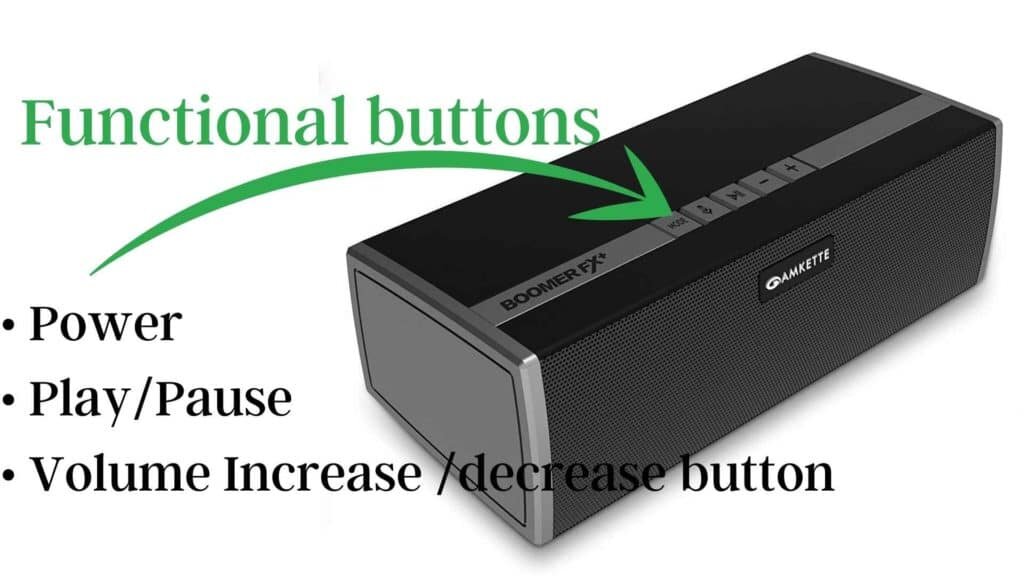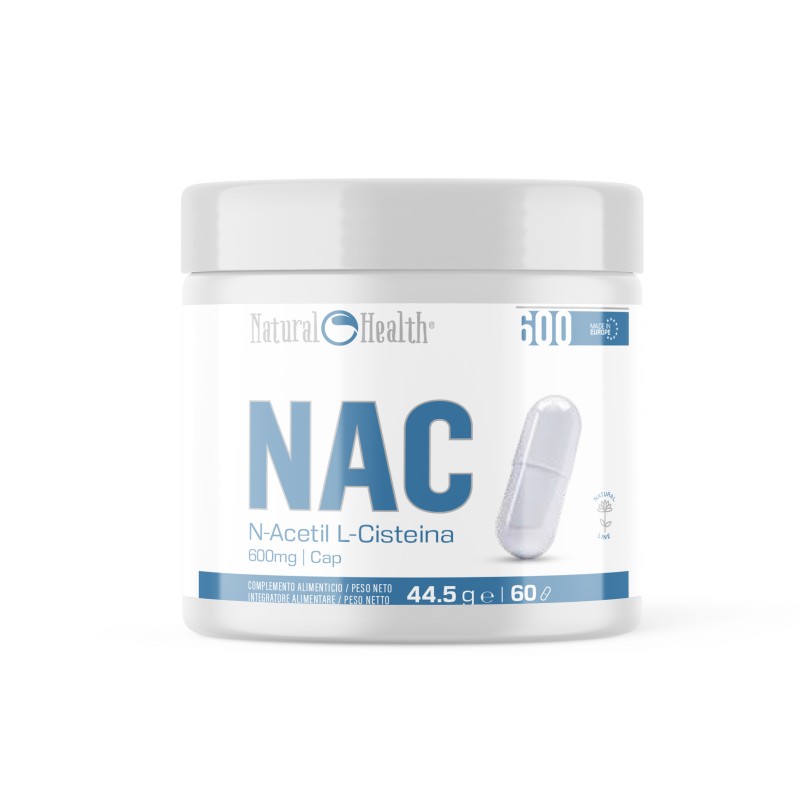Best Laptops 2021 Under 600
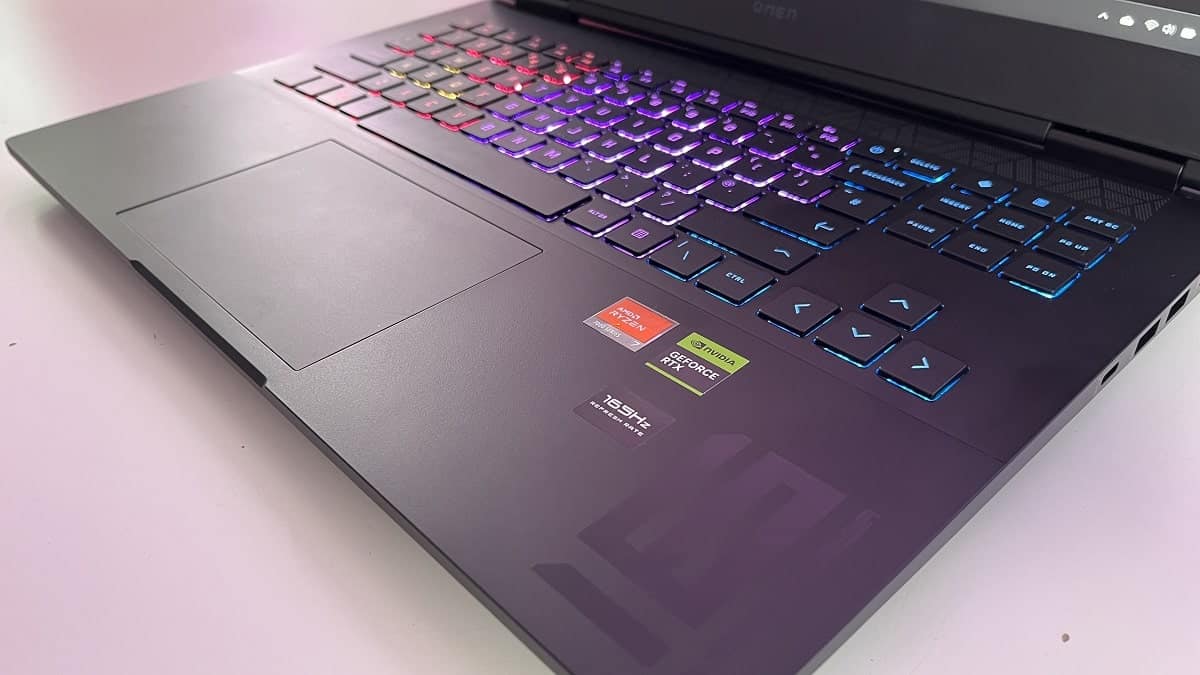
So, you need a new laptop, but the budget's tight? You're not alone. This guide is specifically for first-time buyers navigating the often-confusing world of laptops under $600. We’re here to cut through the jargon and help you find the perfect machine without breaking the bank.
Why does choosing the right laptop matter? Because it’s more than just a gadget. It's your gateway to productivity, entertainment, and connection. A well-chosen laptop will empower you for years to come.
Top 5 Laptops Under $600 (2021) - Compared
Here's a quick comparison of our top picks, helping you see the key differences at a glance:
| Model | Price (USD) | Processor | RAM | Storage | Screen Size | Warranty |
|---|---|---|---|---|---|---|
| Acer Aspire 5 | $549 | AMD Ryzen 5 4500U | 8GB | 256GB SSD | 15.6" | 1 Year |
| Lenovo IdeaPad 3 | $499 | AMD Ryzen 3 4300U | 8GB | 256GB SSD | 14" | 1 Year |
| HP Pavilion 14 | $579 | Intel Core i3-1115G4 | 8GB | 256GB SSD | 14" | 1 Year |
| ASUS VivoBook 15 | $529 | AMD Ryzen 5 3500U | 8GB | 256GB SSD | 15.6" | 1 Year |
| Dell Inspiron 15 3000 | $599 | Intel Core i3-1005G1 | 8GB | 256GB SSD | 15.6" | 1 Year |
Detailed Reviews
Acer Aspire 5
The Acer Aspire 5 is a well-rounded option for everyday tasks. Its AMD Ryzen 5 processor offers solid performance for browsing, document editing, and even light photo editing.
The 15.6-inch screen provides ample viewing space, and the comfortable keyboard makes it suitable for long typing sessions. It’s a workhorse that gets the job done without fuss.
Lenovo IdeaPad 3
The Lenovo IdeaPad 3 balances affordability and functionality. Don't expect cutting-edge speed, but the AMD Ryzen 3 handles basic tasks with ease.
Its compact 14-inch design makes it highly portable, ideal for students or anyone who needs a laptop on the go. This is a great value for the price.
HP Pavilion 14
The HP Pavilion 14 offers a stylish design and reliable performance. Its Intel Core i3 processor is sufficient for everyday use, and the sleek chassis makes it stand out.
The display is crisp and vibrant, making it a pleasure to watch videos or work on creative projects. It is a solid all-arounder.
ASUS VivoBook 15
The ASUS VivoBook 15 features a lightweight design and a decent AMD Ryzen 5 processor. It provides a good balance of performance and portability.
The ErgoLift hinge elevates the keyboard for a more comfortable typing experience. Battery life is also respectable, making it a good choice for on-the-go productivity.
Dell Inspiron 15 3000
The Dell Inspiron 15 3000 offers a reliable and straightforward computing experience. While its Intel Core i3 processor isn't the fastest, it's sufficient for basic tasks.
Dell is known for its durable build quality. This machine offers a dependable user experience.
Used vs. New: Weighing the Pros and Cons
Buying a used laptop can save you money, but it's crucial to understand the risks. A new laptop comes with a warranty and the peace of mind of knowing its history.
Used laptops might have hidden issues or a shorter lifespan. Here’s a breakdown:
- New Laptops: Pros: Warranty, pristine condition, latest technology. Cons: Higher price.
- Used Laptops: Pros: Lower price. Cons: No warranty (usually), potential for hidden problems, shorter lifespan.
If you opt for a used laptop, thoroughly inspect it before purchasing. Test the keyboard, screen, and ports. Check the battery health and ask about its history.
Reliability Ratings by Brand
Some laptop brands are generally considered more reliable than others. Consider these reputations when making your decision.
Based on user reviews and industry reports, here’s a general overview:
- Most Reliable: Apple (though typically above this budget), Lenovo (certain models).
- Generally Reliable: Dell, HP.
- Potentially Less Reliable (Varies by Model): Acer, ASUS.
It's essential to remember that reliability can vary significantly between specific models within a brand. Always read reviews for the specific laptop you're considering.
Checklist: 5 Must-Check Features Before Buying
Before you click "buy," make sure to verify these crucial features:
- Processor: Ensure it's powerful enough for your intended use. Look for at least an Intel Core i3 or AMD Ryzen 3 for basic tasks.
- RAM: 8GB is the sweet spot for smooth multitasking. Avoid 4GB unless you have very limited needs.
- Storage: A 256GB SSD is recommended for faster boot times and application loading. Avoid traditional hard drives (HDDs) if possible.
- Screen: Consider the size and resolution. A 14-inch or 15.6-inch screen with a Full HD (1920x1080) resolution is ideal.
- Ports: Check for the necessary ports, such as USB ports, HDMI, and a headphone jack.
Key Takeaways
Finding the best laptop under $600 requires careful consideration. Prioritize your needs and compare different models based on processor, RAM, storage, screen, and reliability.
Weigh the pros and cons of buying used versus new, and remember to thoroughly inspect any used laptop before purchasing. Paying attention to these details will set you up for success.
By thoughtfully evaluating each of these factors, you can confidently make an informed decision and find a laptop that perfectly meets your needs and budget.
Ready to Find Your Perfect Laptop?
Now that you're armed with this knowledge, go forth and explore! Read more reviews, compare models, and don't hesitate to ask questions before making your purchase. Happy laptop hunting!
